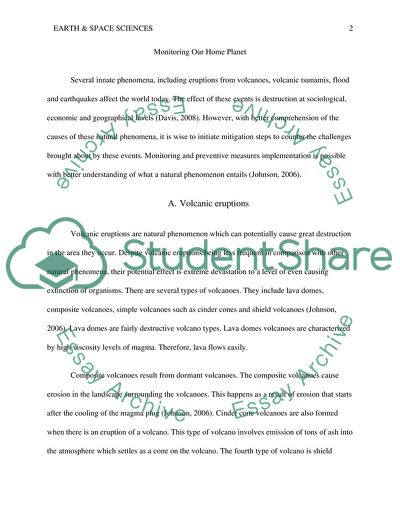Cite this document
(Earth and Space Sciences Case Study Example | Topics and Well Written Essays - 1750 words - 1, n.d.)
Earth and Space Sciences Case Study Example | Topics and Well Written Essays - 1750 words - 1. https://studentshare.org/physics/1841260-monitoring-our-home-planet
Earth and Space Sciences Case Study Example | Topics and Well Written Essays - 1750 words - 1. https://studentshare.org/physics/1841260-monitoring-our-home-planet
(Earth and Space Sciences Case Study Example | Topics and Well Written Essays - 1750 Words - 1)
Earth and Space Sciences Case Study Example | Topics and Well Written Essays - 1750 Words - 1. https://studentshare.org/physics/1841260-monitoring-our-home-planet.
Earth and Space Sciences Case Study Example | Topics and Well Written Essays - 1750 Words - 1. https://studentshare.org/physics/1841260-monitoring-our-home-planet.
“Earth and Space Sciences Case Study Example | Topics and Well Written Essays - 1750 Words - 1”. https://studentshare.org/physics/1841260-monitoring-our-home-planet.


